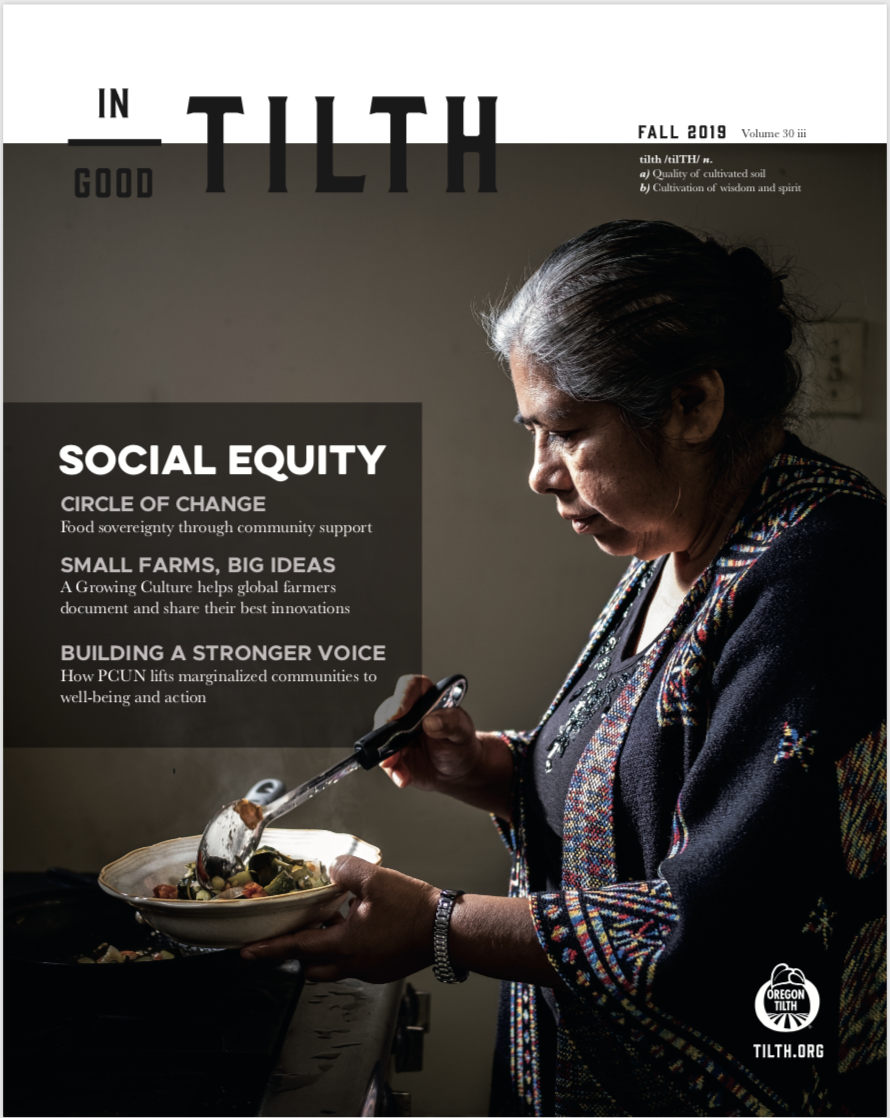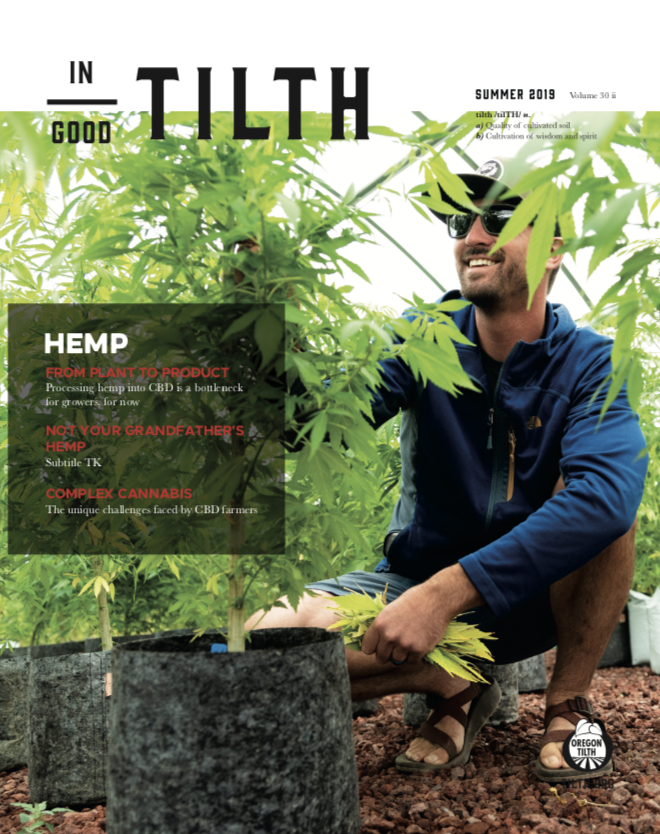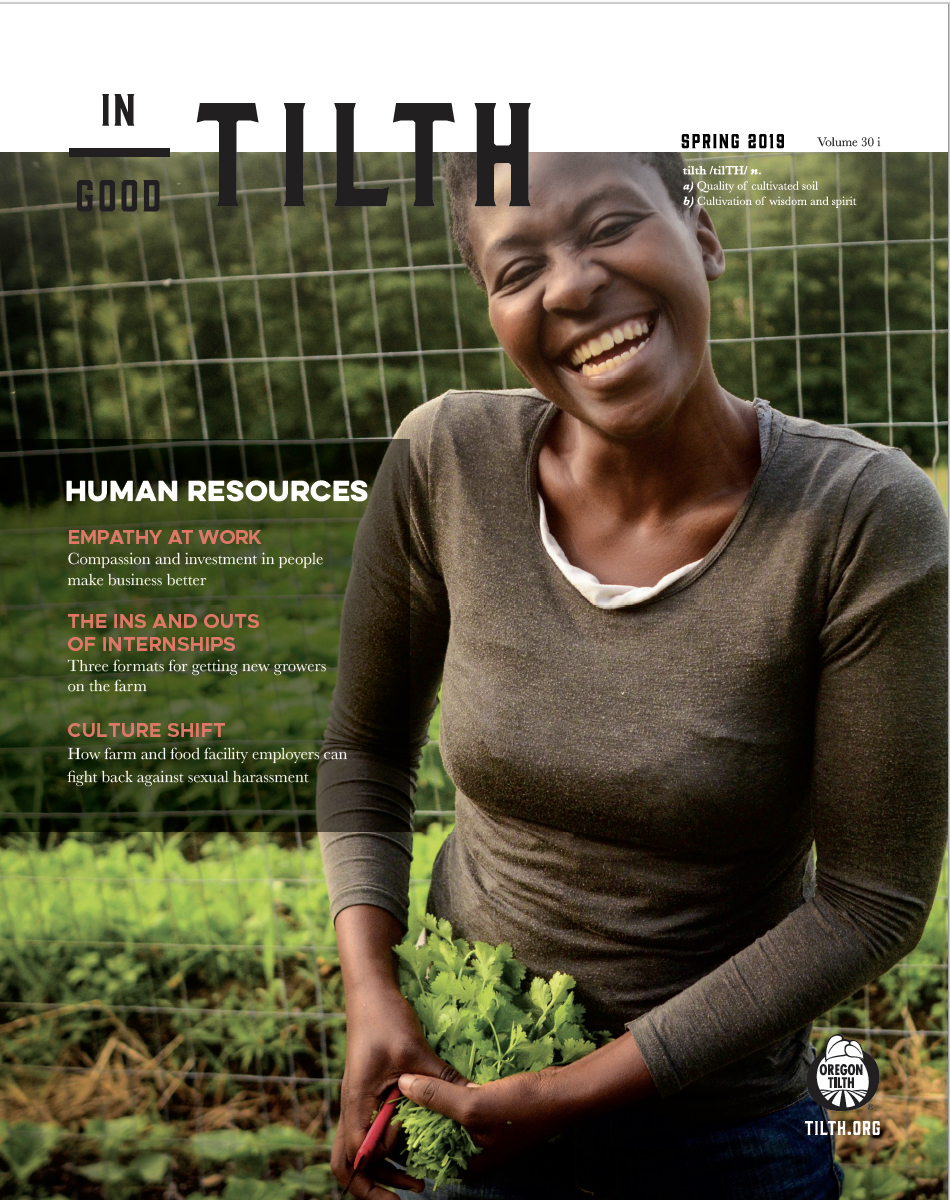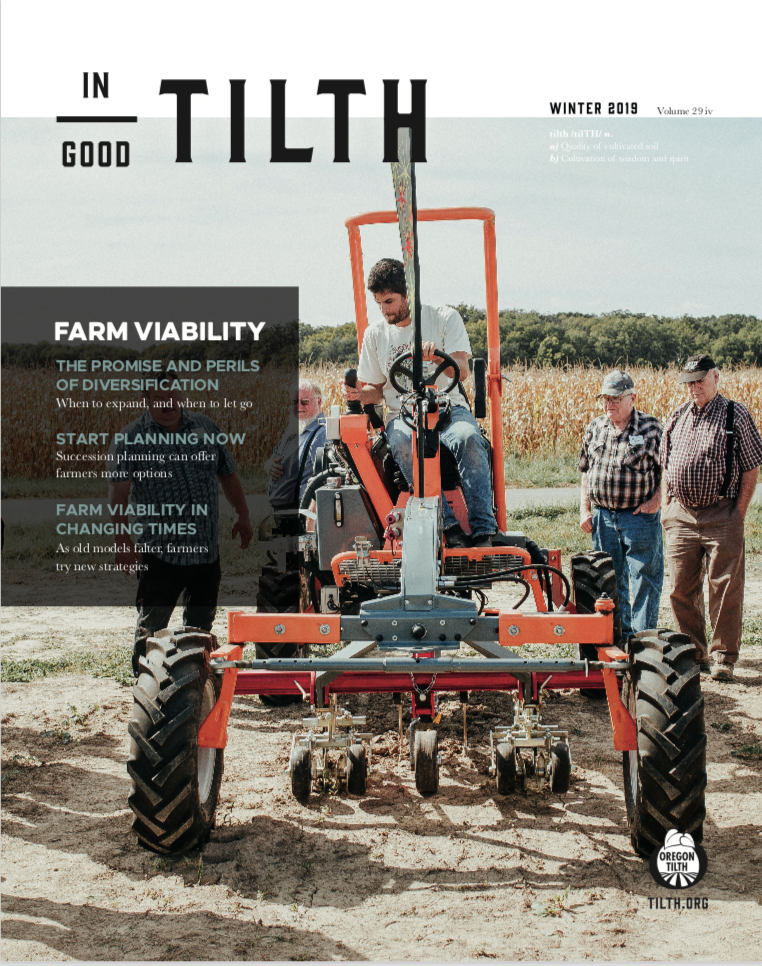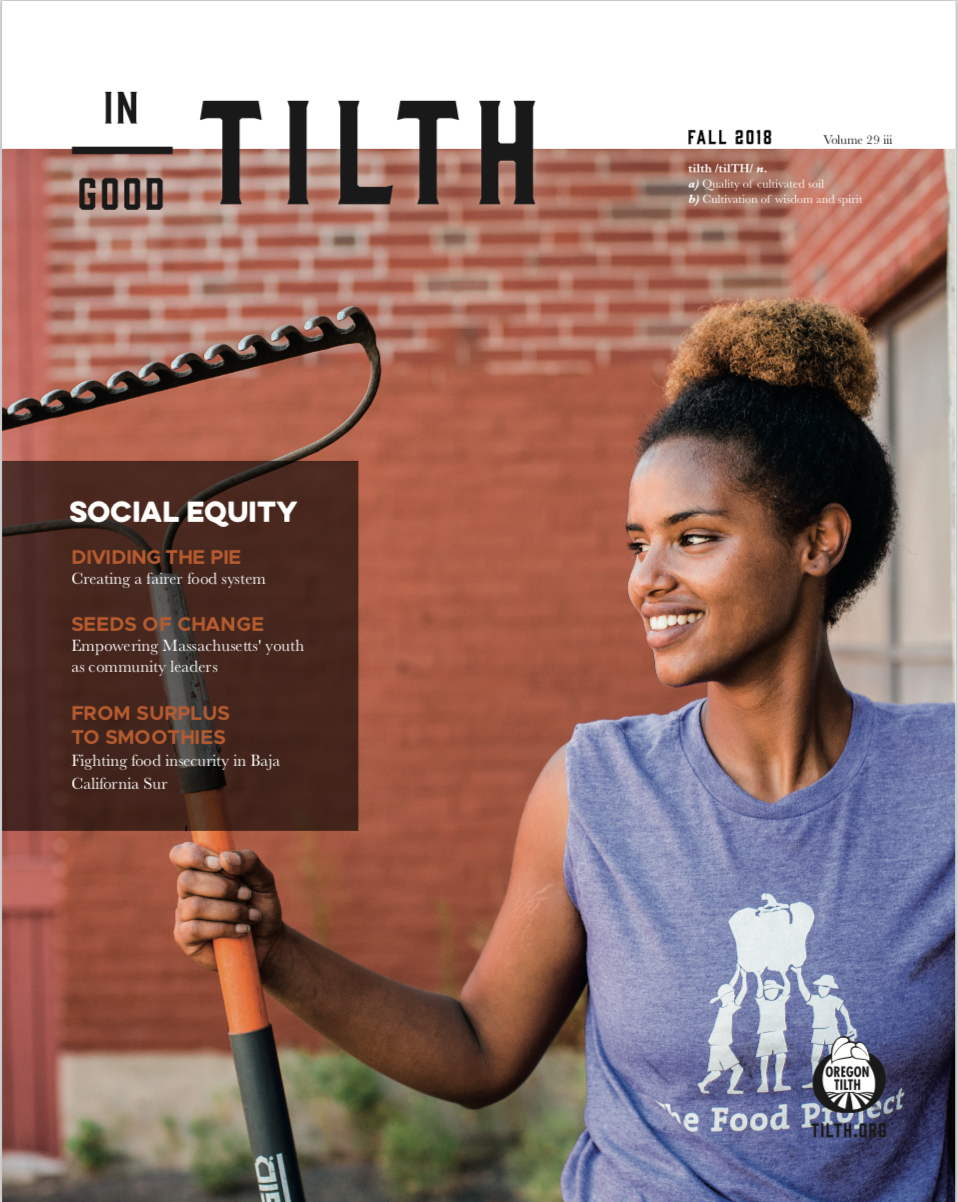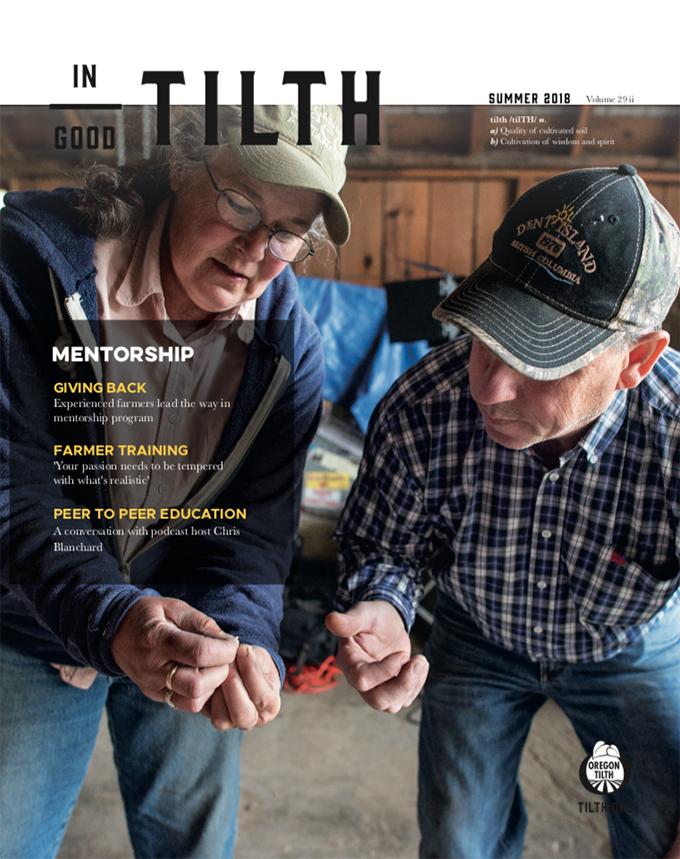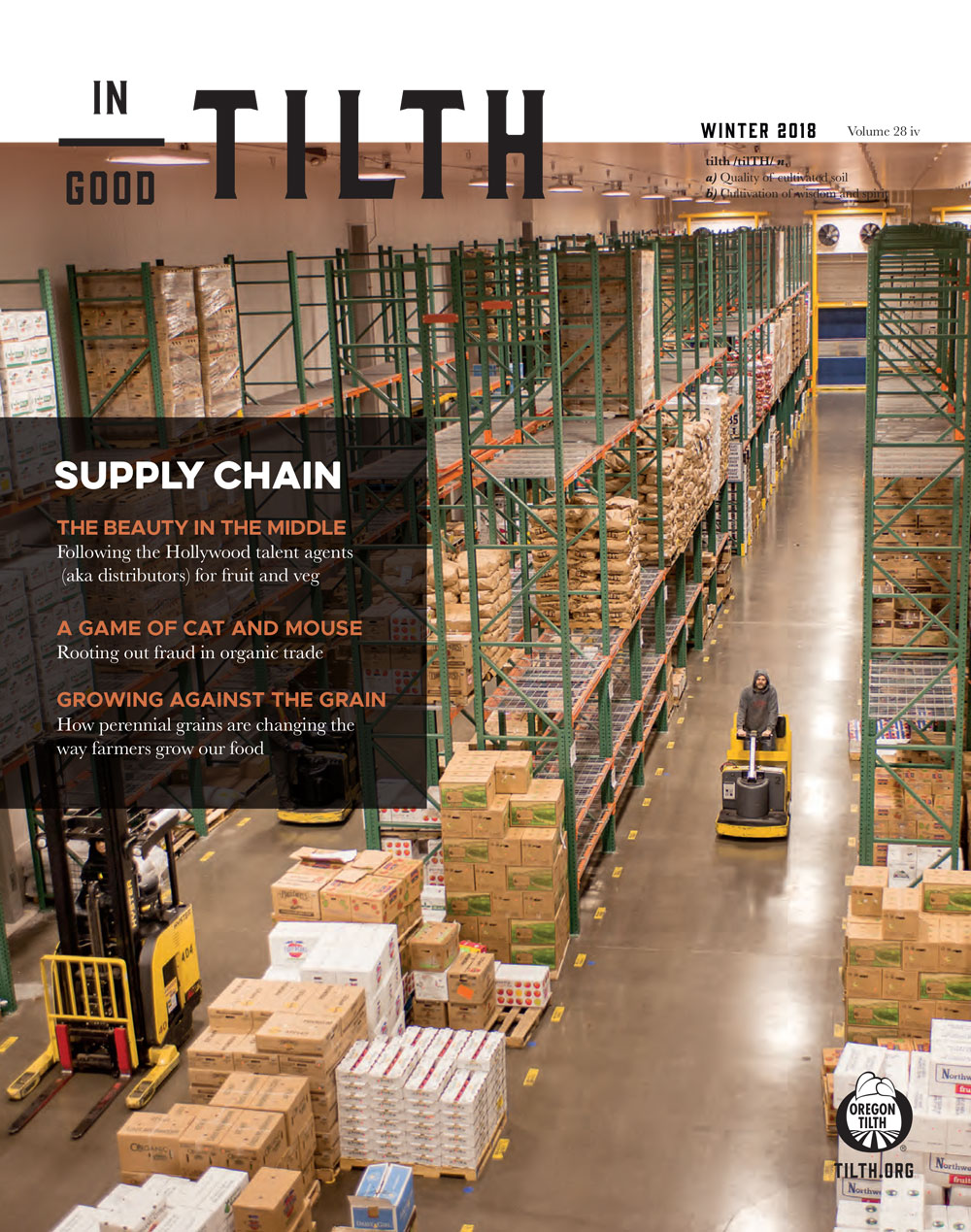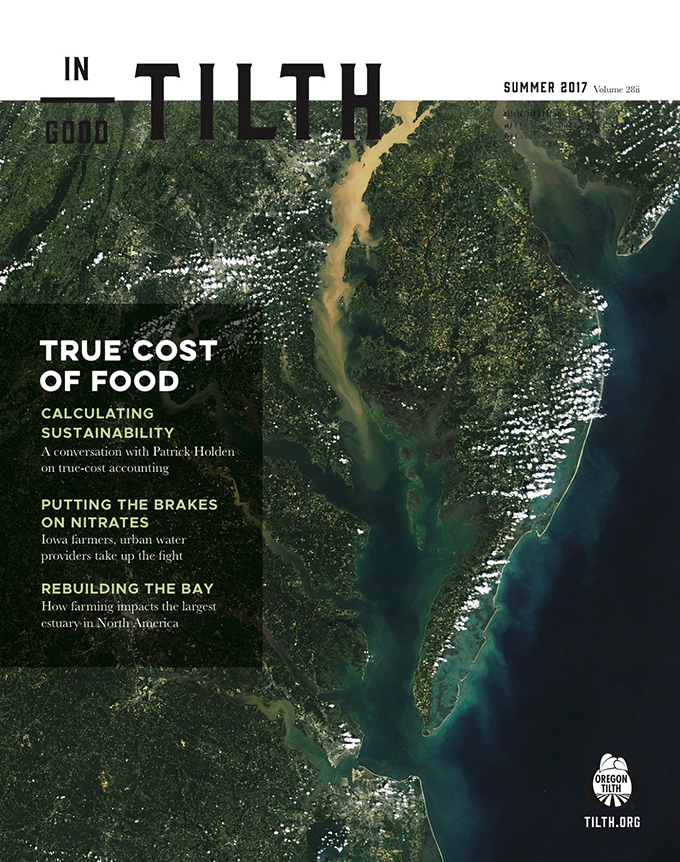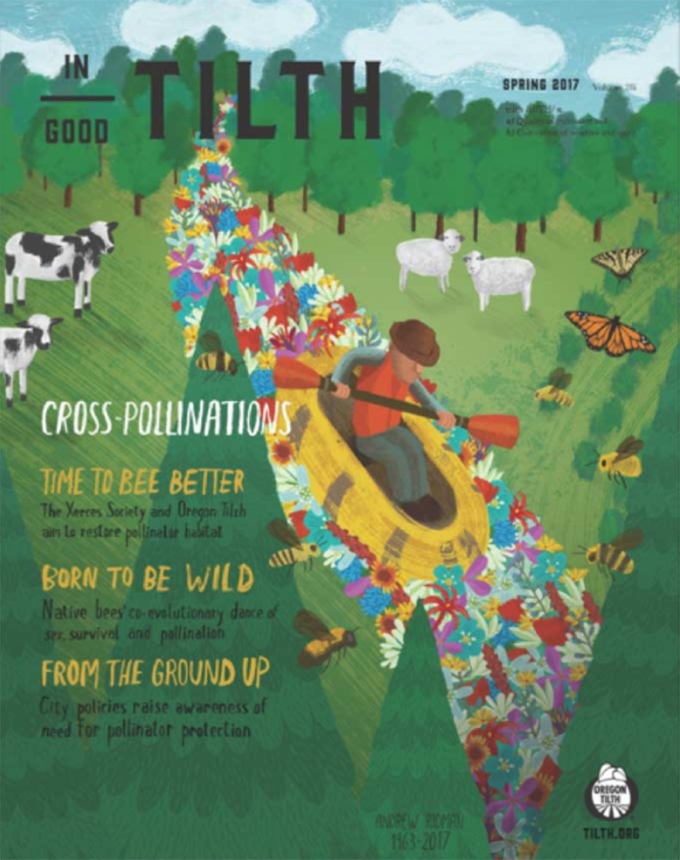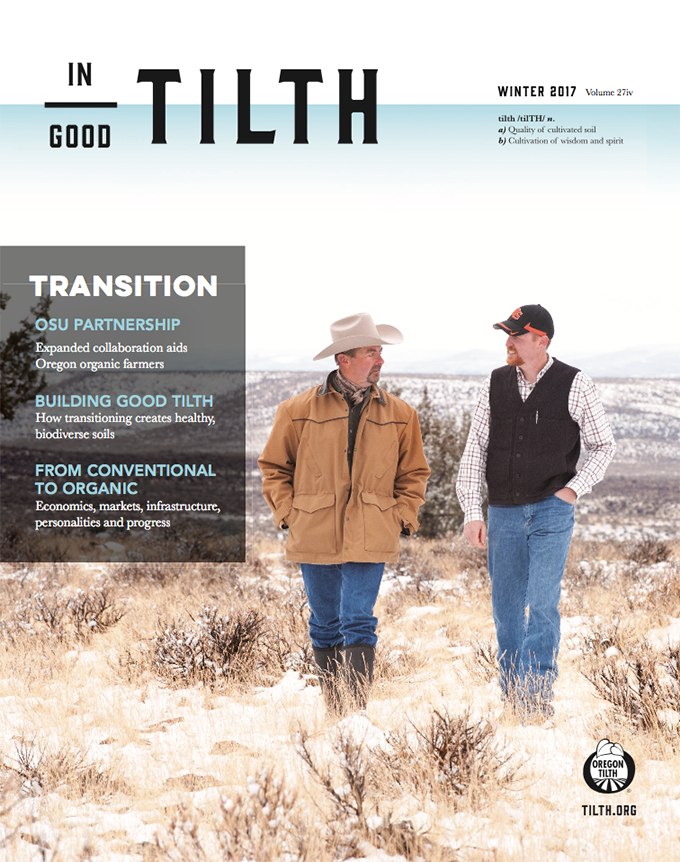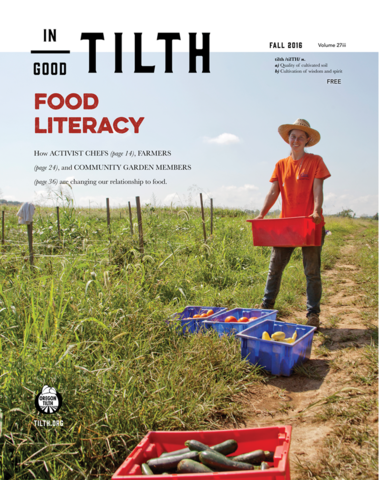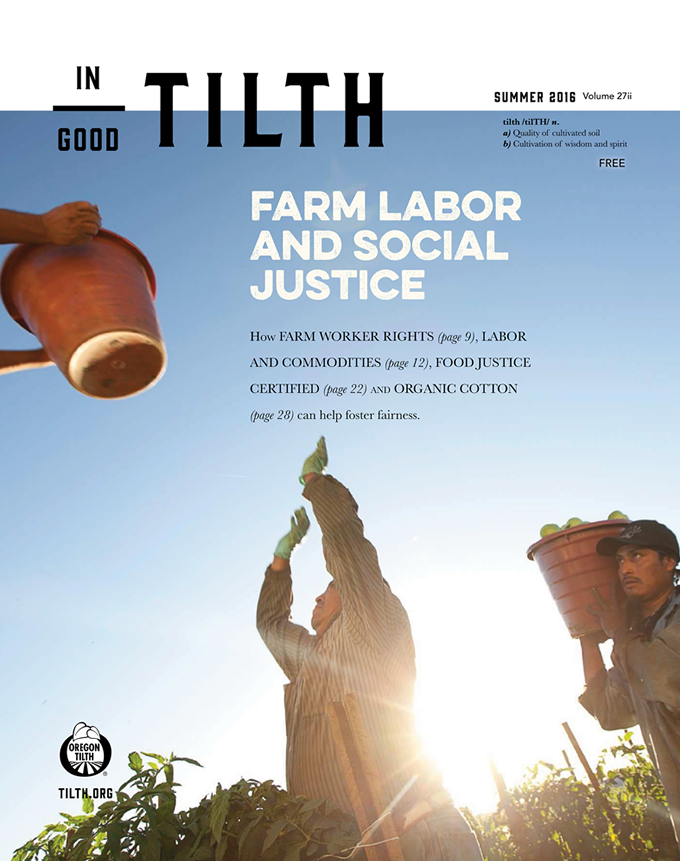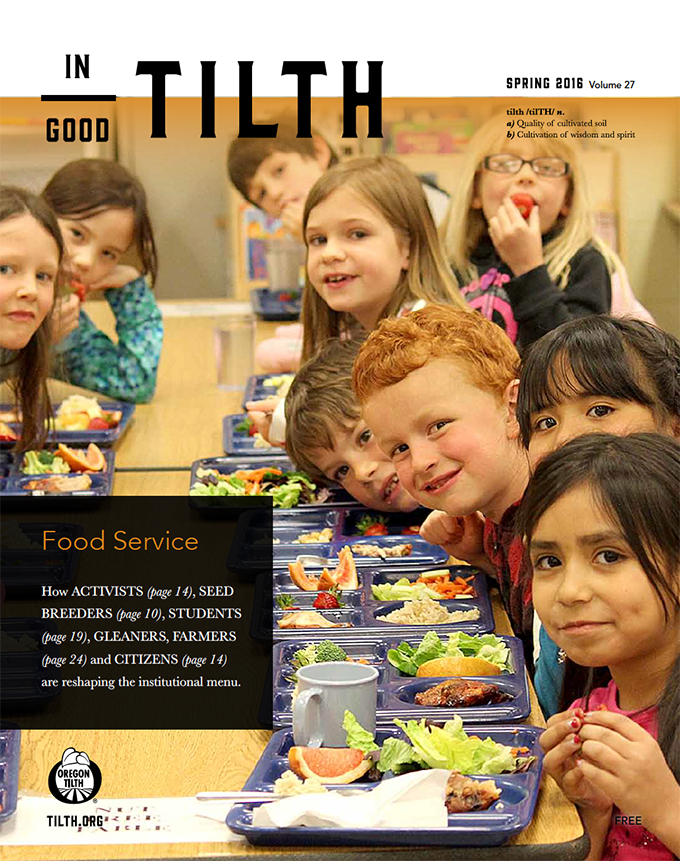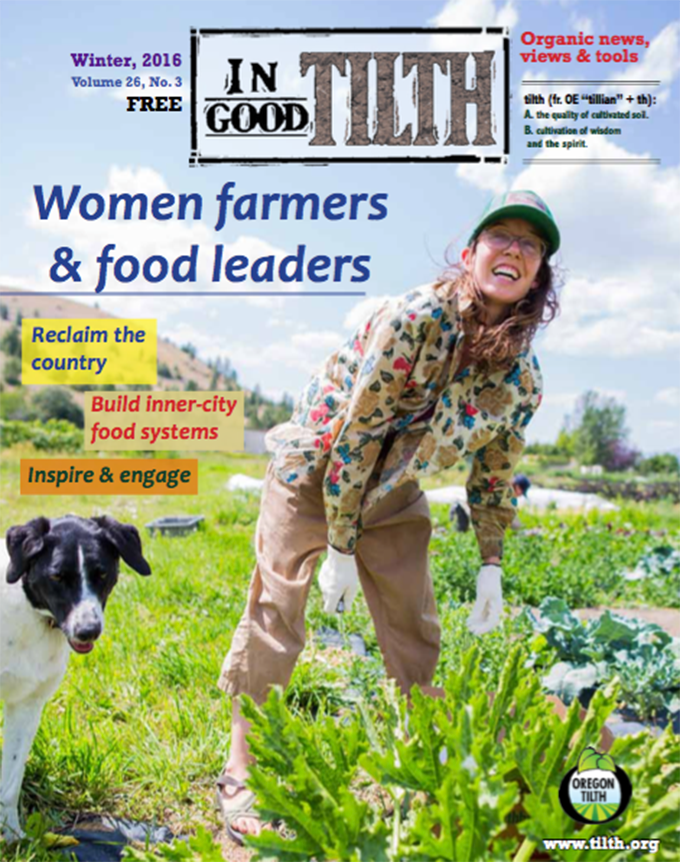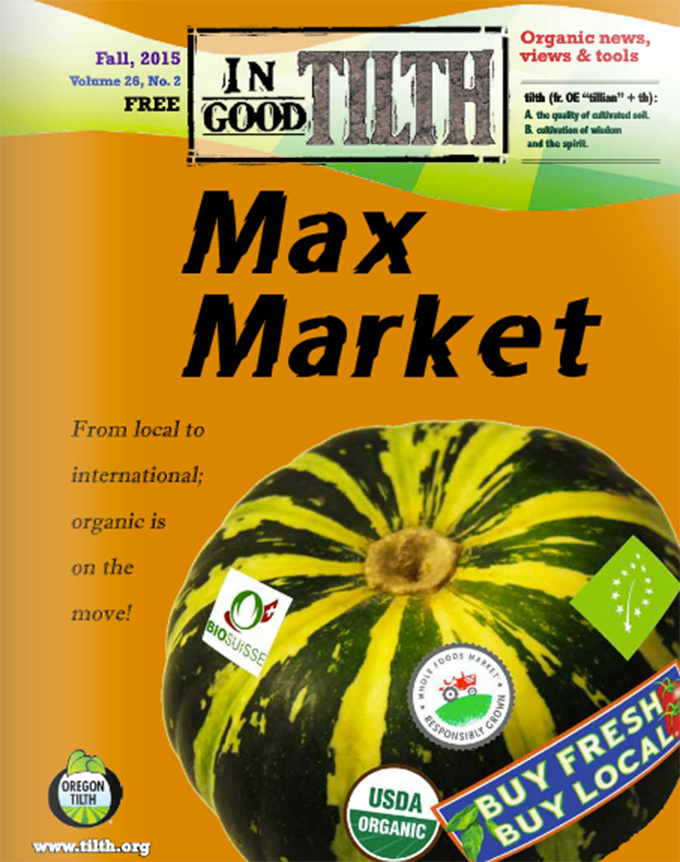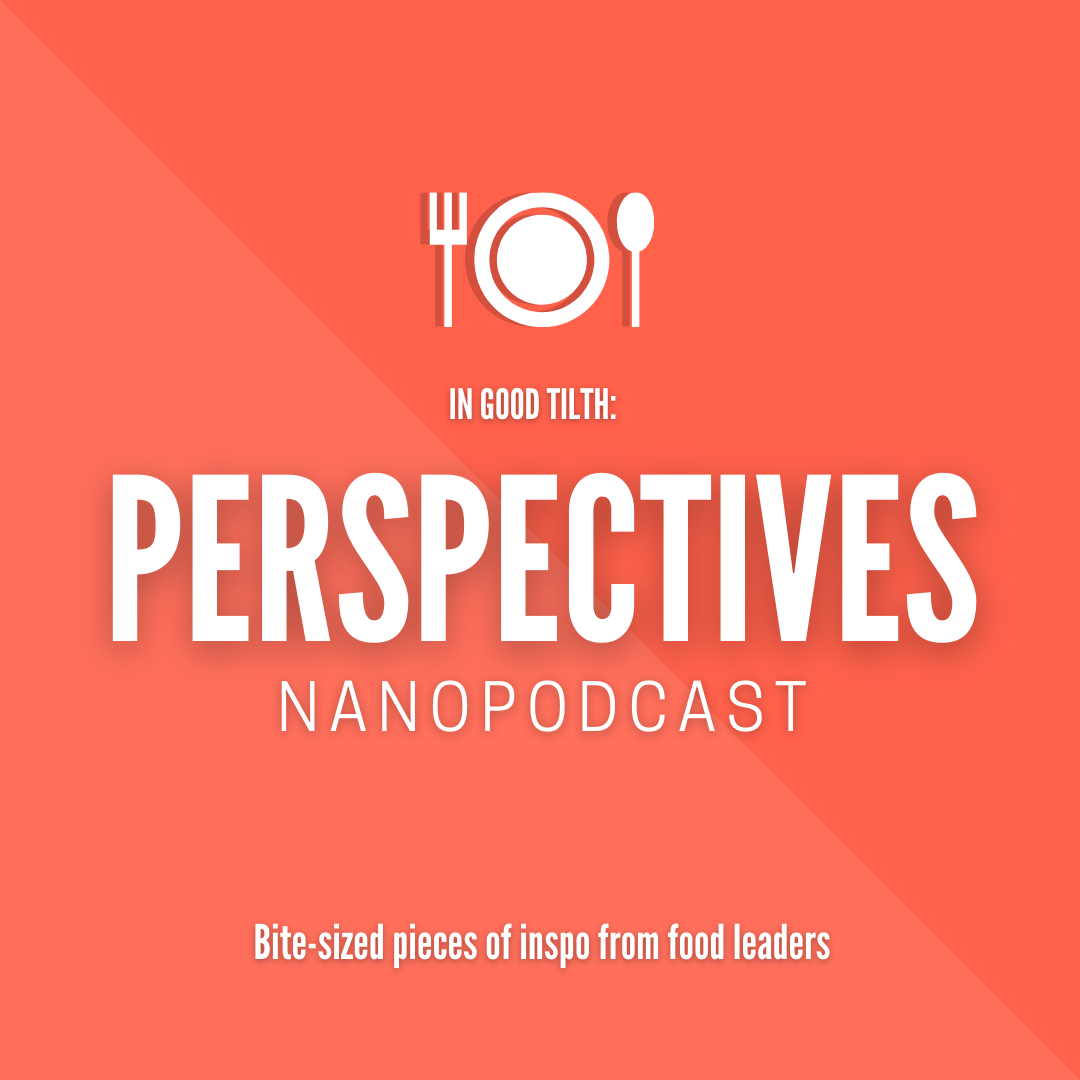The demand for organic produce is high and rising. Demand exceeds the supply, which helps push prices up. Trends predict a continued increase in demand for organic.
“Consumer demand is really pushing this. That holds true for not just fruits and veggies but for animal feed for organic dairies who just can’t get enough organic feed for their animals.” says Andy Clark, communications director at Sustainable Agriculture Research and Education (SARE), a grant-making program that is part of the USDA National Institute of Food and Agriculture.
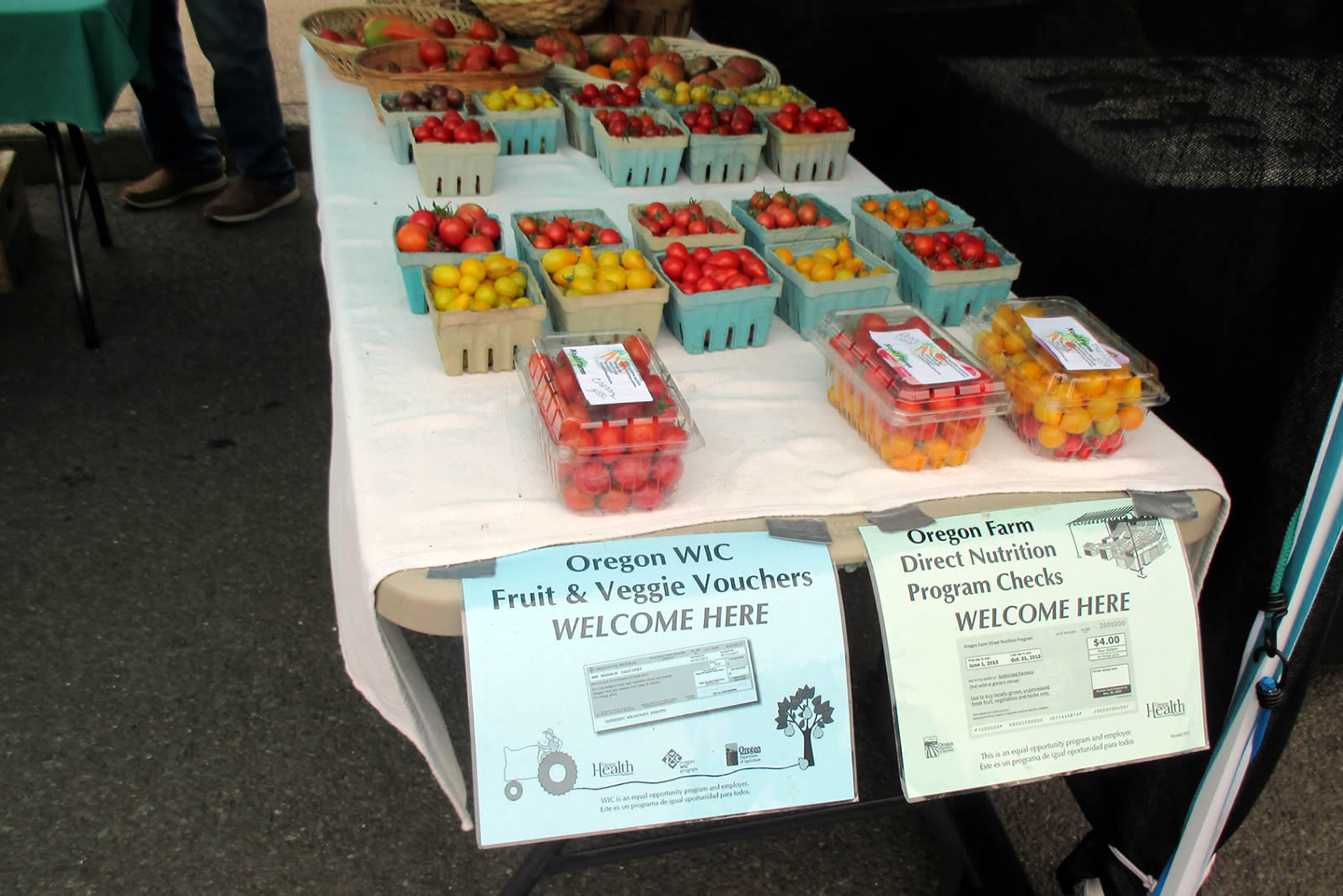
Clark cautions, however, that while higher prices for organics are on a generally upward trend, this is also a part of the market that can vary widely by crop and by region. “Some of the big chains are getting involved. They are putting downward pressure on prices, and you don’t know where that’s going to go. Anything you see now would suggest that demand and other factors are keeping the premiums up, but no one can guarantee that very far into the future.”
But before farmers can take advantage of a bull market, consumers have to first be able to find them. Lynn Byczynski is author of Market Farming Success: The Business of Growing and Selling Local Food, which was first published in 2006 and was revised and expanded for a second edition in 2013. The book reveals obstacles that growers usually experience when just starting out or expanding. Byczynski also publishes Growing for Market, a respected trade journal for market farmers. She and her husband were market farmers for 25 years in Lawrence, Kan.
A couple of things are key, Byczynski says. First, social media is a must. And then, farmers have to get comfortable talking about themselves. “I think it’s important that farmers tell their story so consumers feel good about buying from them,” Byczynski says. “I think farmers who are organic producers are so steeped in all of the philosophy and principles of sustainable, ecological farming that they don’t even talk about it anymore.”
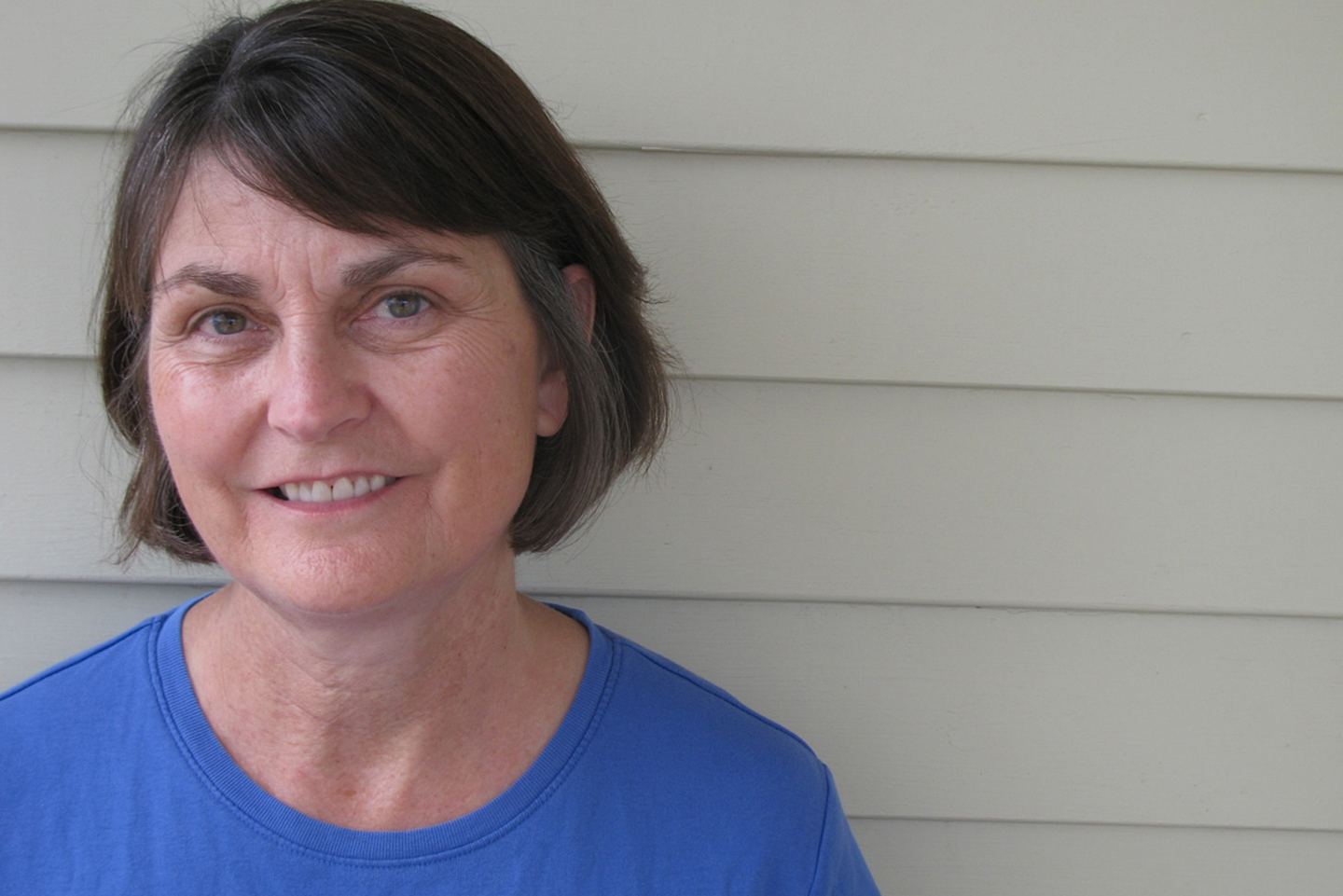
For instance, a lot of new farmers might notify the media and the public that they’re donating food to a food bank, because they’re conscious of their choices and proud of their actions. Some people who have been farming for 25 years have always donated to a food bank, but no one knows because they don’t talk about it. “They don’t even think about it, it’s just part of who they are and how they run their business,” she says.
Farmers will often engage in important sustainable practices such as planting pollinator strips or choosing biodegradable packaging. Both are opportunities to educate the public. “It costs a lot more to buy biodegradable packaging, and a lot of people do it but they don’t talk about it,” Byczynski says. “So you go to the farmers market and get this strange, powdery-feeling green bag that your produce is in and you might wonder about it because the farmer didn’t point it out to you and say, ‘This is made from biodegradable plastic that you can throw in your compost pile. It costs a little more, but it’s better for the environment.'”

It’s important that consumers know who is making those choices–and why–so they can support them, but they can’t support them if they don’t know about it. Put a sign by the biodegradable bags explaining their purpose, or tuck a postcard into the bag so that people see it when they get home. “Have something to hand out to people who are interested, but better still,” says Byczynski, “have a label so that everything that goes home with people has your contact information.”
If you’re selling at a farmers market, good signage is important. Pricing and product names should be clear. People shouldn’t have to ask a price. If they can’t see your price but can see your neighbor’s price, you are at a disadvantage.
Byczynski cautions against taking consumer’s suggestions about what to grow on your farm. She says many people have no idea about what is seasonal and local, and will ask for tomatoes in April.
Chefs are another story, however. If your marketing strategy involves selling to restaurants, get the conversation going. “Chefs do know and a lot of chefs would be eager to have a farm grow something they’re having a hard time sourcing,” she says. “Just go in and talk to them, tell them what you’re doing and ask them if they want to have a further conversation. Just about everybody wants local food on the menu and in the grocery store.” Another opportunity would be to connect with a food hub in your area.
In order to establish costs, farmers must strike a delicate balance between costs of production and what the market will support. Don’t play pricing adjustment games. “Find out what you need to get for your food and that’s what you need to charge for it,” Byczynski says. Your cost may change over the season—for instance, tomatoes grown in a greenhouse will have more expenses than tomatoes grown in the field. But either way, determine your costs of production and charge an amount to make it worth your time. If you can’t get that amount, don’t grow it, unless it’s adding value in some other way, such as adding color to your market booth or extending your season.
If you want to grow something new, first look around you. “Get familiar with what other established growers are growing, how they’re pricing and presenting it,” says Byczynski. “Then start looking for the possibility of unfilled opportunities.” In some places, there might be no cut flowers, for instance, so you might be able to add flowers to your vegetable crop. “Look for places where you can fit in so you don’t dilute the market for other people,” she says.
Jason Waligoske owns a new farm in Dexter, OR., called Yep Yep Organic Farm. He took possession in October 2014, and has been building up a market garden and aquaponic system. His marketing strategy was to get busy with micro greens to sell to restaurants. He likes micro greens; they grow quickly, are worth a nice price and chefs want them. “I knew there was a hole that needed to be filled here with the micro greens, and I know lots of chefs, so I figured that would be a good cash generator,” he says. The baby spinach and mesclun mix was a great seller initially, for about six weeks, until the early heat took its toll. Waligoske will resume that plan when it cools off a bit.

Waligoske gets his name out by speaking at aquaponic and permaculture conferences, but he also has a unique situation in that he owns an organic grocery store in the nearby town of Eugene, Oregon. He has a ready outlet for much of his produce, although he also attends at least two area farmers markets most weeks. He does cross-promotion through his store’s signage and is thinking about getting the store and the farm’s logo printed on shopping bags to have at the store. His farm has social media accounts with Instagram, Facebook, Twitter and Pinterest. He never signed up for Twitter before until recently, and has found a good response there. “It’s easier to connect to people with our interests,” he says.
Anybody who is direct marketing needs to have a website, a Facebook presence and preferably an Instagram feed, says Byczynski. Instagram is almost a purely visual tool, so snap photos while you’re walking around your farm and post them. It’s not quite effortless, but almost. “That’s how you get people to be constantly thinking about you,” she says. “If you’ve got something on Facebook about when you’re going to market or when you’ve got new crops coming on, or you’re having special events on your farm, that’s the single best way to reach them.”


